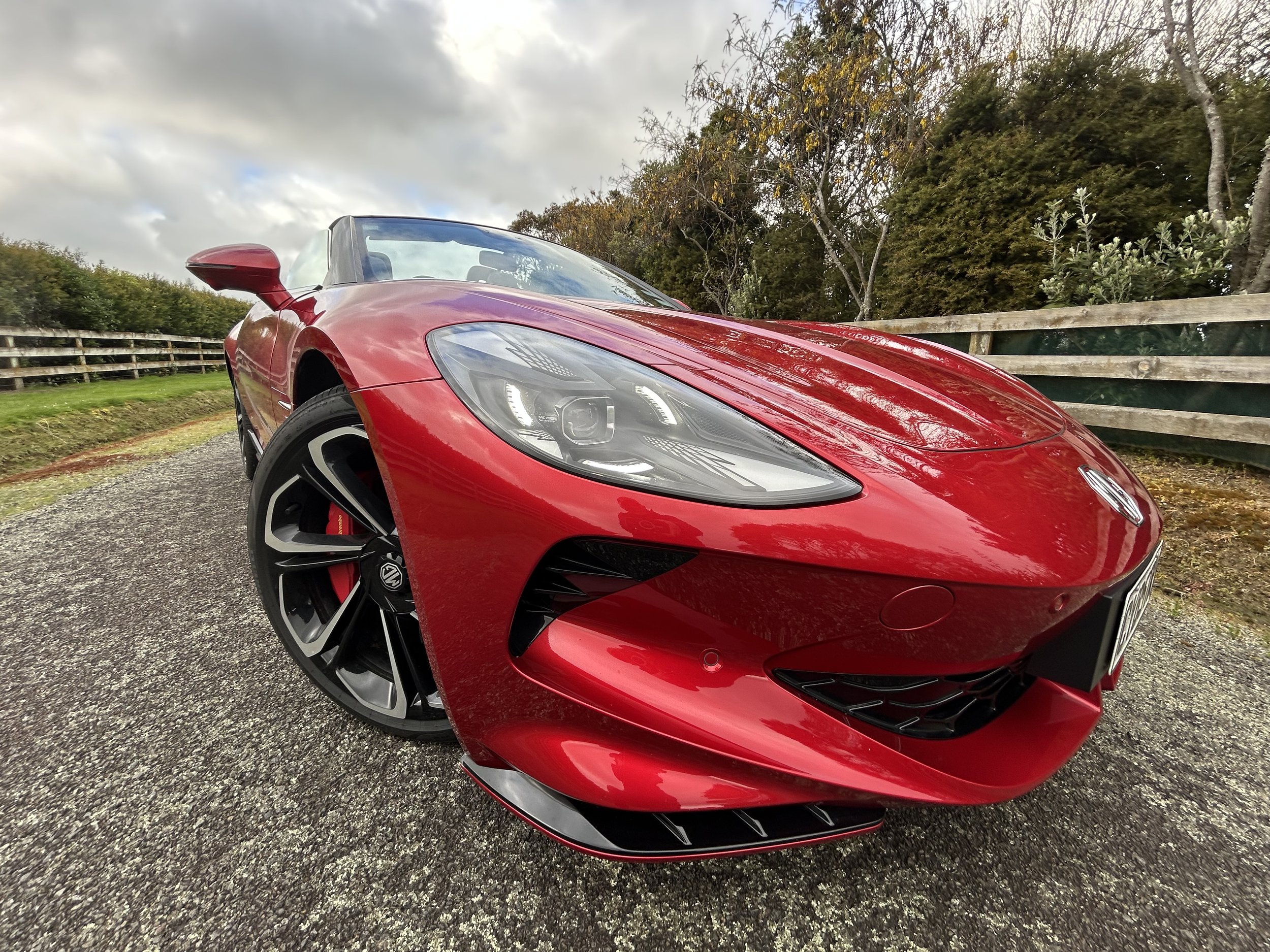PHEV pushed from entry CX-60 - now its a big six
/Retiring electric-able entry car with bigger-lunged petrol-pure powertrain is a sign of PHEV’s RUC rough-housing.
TWO more cylinders, a $4000 price reduction on current stickers but also a much diminished Green edge and prospect of bigger fuel spend - that’s the end result of a reshuffle at the bottom end of the Mazda CX-60 line-up.
Mazda New Zealand says the mild hybrid six-cylinder SP Hybrid model variant now landing for $69,990 will deliver a sportier, more distinctive presence than that of the outgoing four-cylinder, plug-in hybrid CX-60 Touring it usurps. It’ll also likely be the country’s cheapest six-cylinder petrol car.
However the brand also agrees its decision to drop the Touring PHEV, a derivative that lasted here but a year and whose present special sticker of $73,490 (down $5500 on launch pricing) has been today confirmed as a run-out push, signals not only a change in pace to the overall five-seater type’s powertrain proposal but also environmental aims.
And that’s entirely reflective of the market condition having become tough for drivetrains with positive emissions promise - and more favourable for those that pay less heed, a category the SP’s 3.3-litre falls into. The latter has nonetheless been a more popular choice with CX-60 buyers to date.
“The introduction of the CX-60 SP 3.3 hybrid is driven by customer demand,” Mazda NZ product and communications manager Paul Sherley said today.
“You'll appreciate the market has changed noticeably in the past 12 months, therefore the competitiveness of the CX-60 Touring is now less than it once was.”
When Mazda New Zealand released CX-60 last October, it primarily presented with the 2.5-litre PHEV format because at that time it was a technology viewed being highly beneficial to winning customers and also on side with the then Labour Government’s emissions reduction policies. At that time, the 3.3-litre attracted a CO2 penalty of several thousand dollars.
The penalty was kyboshed when the current National-led coalition came into power.
From that point on, registrations data suggests the 3.3-litre, despite being less powerful than the 2.5 and less advanced (though also hybrid, it’s a ‘mild’ type with a 48 volt lift and hasn’t the PHEV’s ability to run on electric only), also considerably thirstier and much dirtier - and only in one grade, the mid-level Homura - held the upper ground for sales. There has been reduced consumer interest in PHEV and EV cars since the introduction of Road User Charges on April 1. The 48-volt type is exempt from RUC.
Going into 2025, Mazda NZ will have the SP purely in 3.3-litre and will keep the Homura and the top-end Takami with current choices, so the mid-spec in 2.5 and 3.3 and the flagship purely as a PHEV, the sole engine format provisioned by Hiroshima for now.
Said Sherley: “This adjustment of the range achieves a new entry point to the range in terms of powertrain and pricing, whilst bringing the aesthetics more in line with the existing CX-60 range.
“We have seen strong demand for the 3.3 powertrain and this move further increases its appeal and availability.”
All the same, any saving in RUCs will likely be offset by the cost of running the bigger lunged SkyActive-G engine, which is the same as that fitted into the big CX-90 seven-seater and the new CX-80, which is CX-60-based but has three rows of seats.
The six-cylinder engine in the CX-60 (and CX-80) detunes to 209kW and 450Nm but even though it clocks a solid 1949kg at the kerb, the car is nonetheless 100kg lighter than the PHEV and has 200kgs less to heft than the CX-90.
Economy-wise, though, the 3.3-litre is no threat to the plug-in saint. The 7.9L/100km official consumption reminds why it has a larger, by eight litres’, fuel tank capacity than the PHEV, for which Mazda claims an optimal condition fuel use of 2.3 litres per 100km and just 54 grams per kilometre of CO2, these figures based on WLTP-3 factoring.
The PHEV can also deliver 63km of claimed pure electric driving range, at sub-100kmh pace. The 3.3-litre has no facility for electric-pure running and has a 178 grams per kilometre CO2 emissions count on WLTP.
The switch from Touring to SP grade means some changes to specification. The latter has leather seat trim (electrically adjustable and with front seat heating), black metallic 20-inch alloy wheels, and LED headlights. Gloss black exterior mirrors combined with black chrome signature wing and honeycomb front grille. Power operated tailgate, 360 View Monitor and the innovative Personalisation System are also standard equipment.
As with other variants, it has an eight-speed automatic transmission and is all-wheel-drive and has a 2500kg braked tow rating.



















